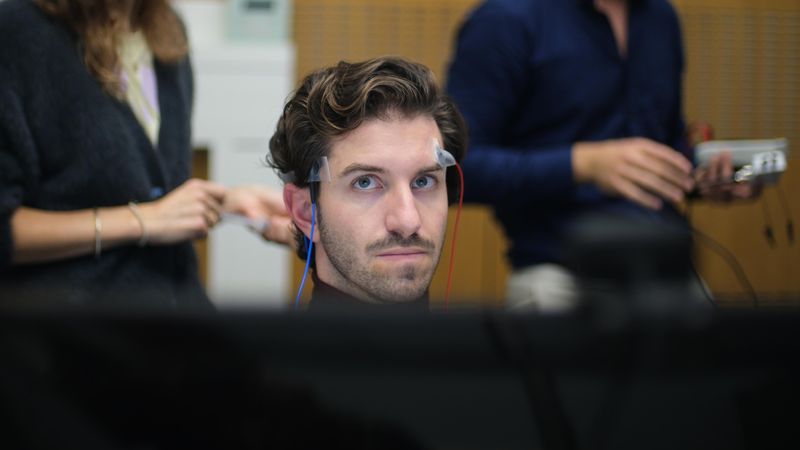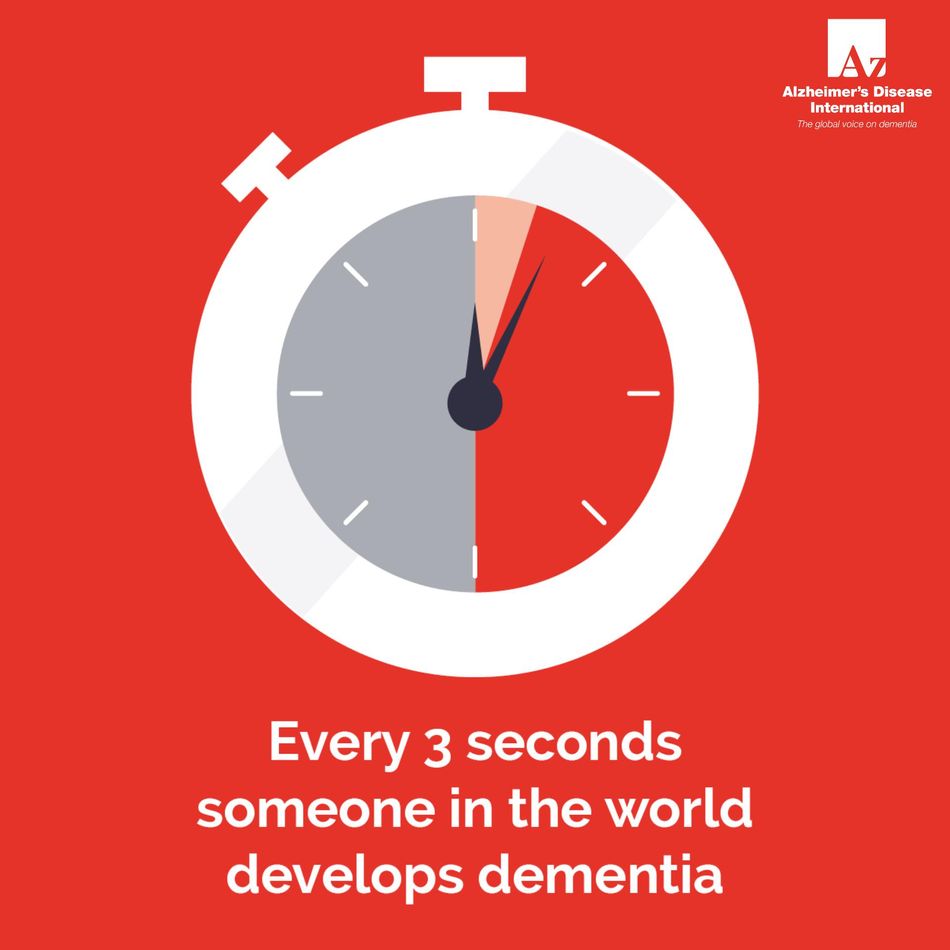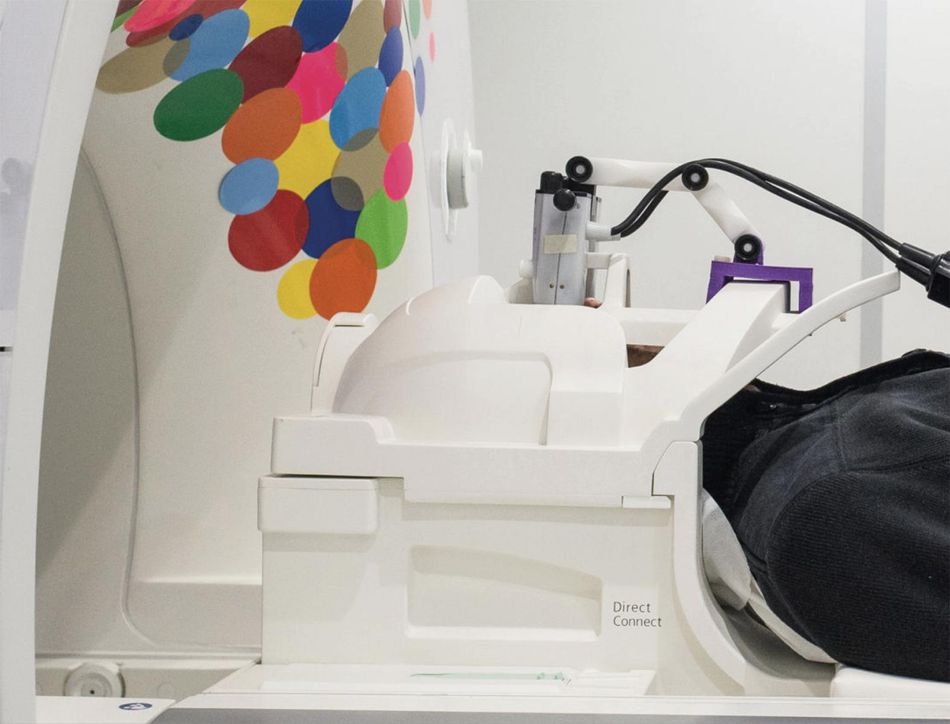Neurotechnology boosts memory without surgery
EPFL researchers have combined virtual reality, non-invasive brain stimulation and advanced brain imaging techniques to improve spatial navigation in healthy participants. The study is a first step in addressing dementia in an aging population without medication or surgery.

Non-invasive brain stimulation at EPFL © 2024 EPFL/Jamani Caillet - CC-BY-SA 4.0
This article was first published on
actu.epfl.chThis article was discussed in our Next Byte podcast.
The full article will continue below.
As we age, it becomes more difficult to remember where things are—whether it’s recalling where we left the keys or where we parked the car. This spatial memory deteriorates further with the onset of dementia, a condition that someone in the world develops every three seconds, according to Alzheimer’s Disease International.

We are addressing a serious concern for those affected by dementia.
Researchers at two EPFL labs have joined forces to give a boost to spatial memory by creating a unique experimental setup that combines non-invasive deep-brain stimulation, virtual reality training, and fMRI imaging—all housed within Campus Biotech in Geneva. Published in Science Advances, the study demonstrates that targeted, painless electric impusles to the hippocampus and adjacent structures, a deep brain region implied in memory and spatial navigation, can improve the brain’s ability to recall locations and navigate more effectively.
“By finding ways to improve spatial memory without surgery or medication, we are addressing a serious concern for a large and growing population: the elderly, as well as brain trauma patients and those affected by dementia,” says Friedhelm Hummel, head of the Hummel Lab.
The study is the result of a collaboration between the Hummel Lab and Olaf Blanke’s Laboratory of Cognitive Neuroscience (LCNO), both at EPFL’s Neuro X institute. By combining Hummel’s expertise in non-invasive brain stimulation with Blanke’s cognitive research of spatial navigation in virtual reality environments, the researchers developed a unique neuro-technological setup.
A one-of-a-kind combination of neuro-technologies
The experiment begins with researchers placing four harmless electrodes on the heads of healthy individuals to stimulate the hippocampus and adjacent structures. This non-invasive technique, called transcranial temporal interference electric stimulation (tTIS), sends targeted pulses without causing any discomfort for the participant.
This leads us to believe that by stimulating the hippocampus, we temporarily increased brain plasticity.
Next, volunteers are immersed in a virtual world using VR goggles. Building on previous research by co-first-author Hyuk-June Moon, the scientists task the participants with navigating through a series of locations and remembering key landmarks. This immersive virtual setting allows researchers to precisely measure how well participants can recall and navigate spatial information whilst receiving tTIS.

“When stimulation was applied, we observed a clear improvement of the participants’ recall time—the time it took to start moving toward where they remembered the object to be,” says Elena Beanato, the other first author of the study. “This leads us to believe that by stimulating the hippocampus, we temporarily increased brain plasticity, which, when combined with training in a virtual environment, leads to better spatial navigation.”
The entire experiment was conducted within an fMRI scanner. This provided researchers with real-time images of brain activity, allowing them to monitor how the hippocampus and surrounding regions responded to tTIS during the spatial navigation tasks. The fMRI data revealed changes in neural activity associated with the observed behavioral changes, specifically in the regions responsible for memory and navigation, giving the researchers deeper insight into how non-invasive stimulation modulates brain function.
This integration of advanced technologies at EPFL's Neuro X Institute, makes Campus Biotech one of the few places where all three experimental techniques can be combined in a single study.
“In the long term, we envision using this approach to develop targeted therapies for patients suffering from cognitive impairments.
“The alliance of tTIS, virtual reality, and fMRI offers a highly controlled and innovative approach to studying the brain’s response to stimulation and its impact on cognitive functions,” adds Olaf Blanke. “In the long term, we envision using this approach to develop targeted therapies for patients suffering from cognitive impairments, offering a non-invasive way to enhance memory and spatial abilities.”
References
Beanato, E., Moon, H.-J., Windel, F., Vassiliadis, P., Wessel, M. J., Popa, T., Menoud, P., Neufeld, E., De Falco, E., Gauthier, B., Steiner, M., Blanke, O., & Hummel, F. C. (2024). Noninvasive modulation of the hippocampal-entorhinal complex during spatial navigation in humans. Science Advances. DOI: 10.1126/sciadv.ado4103